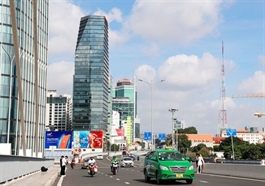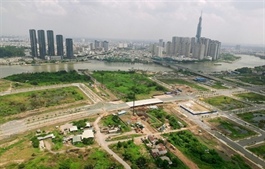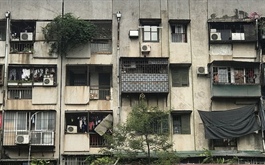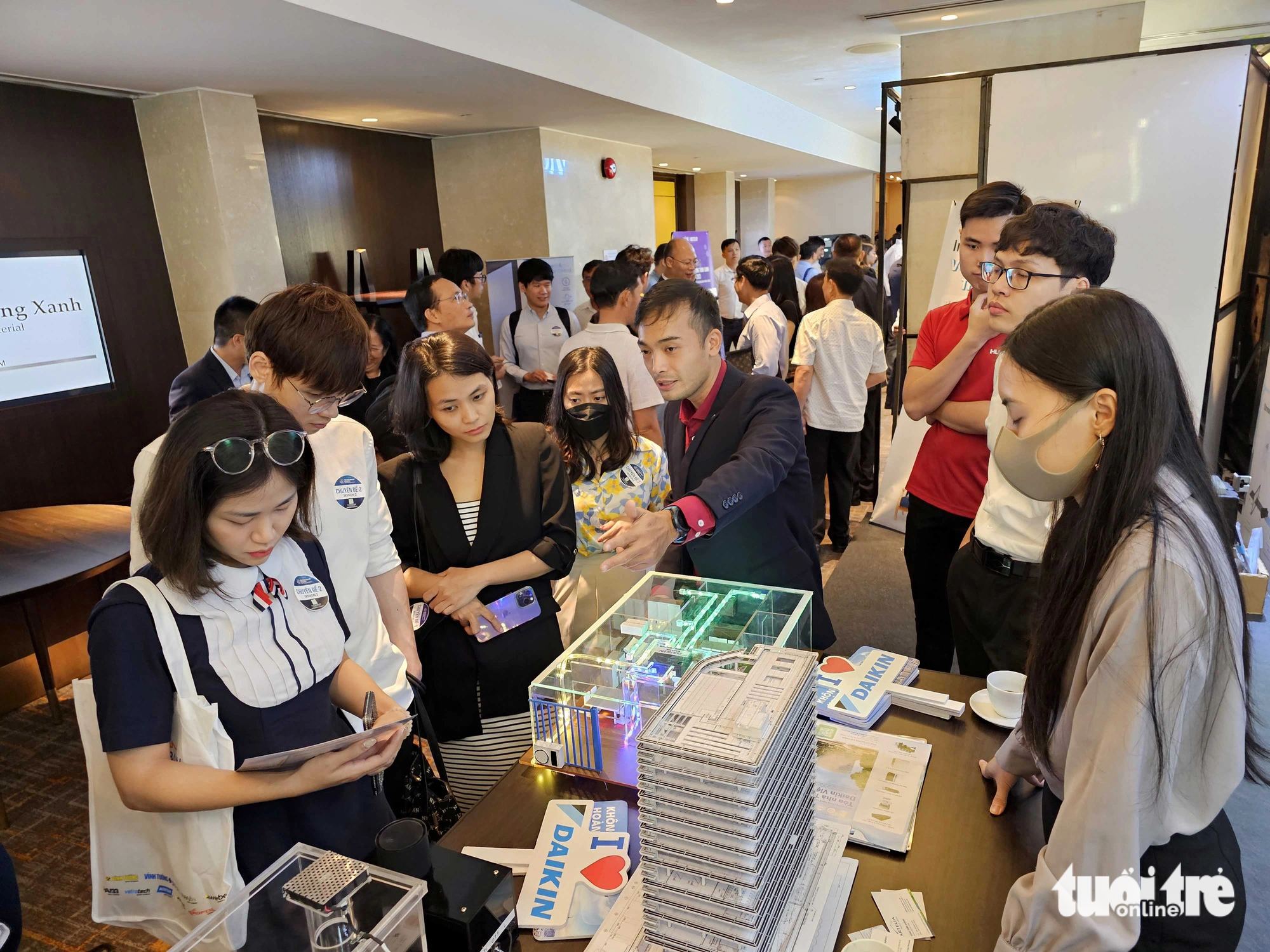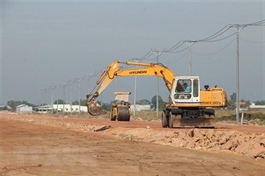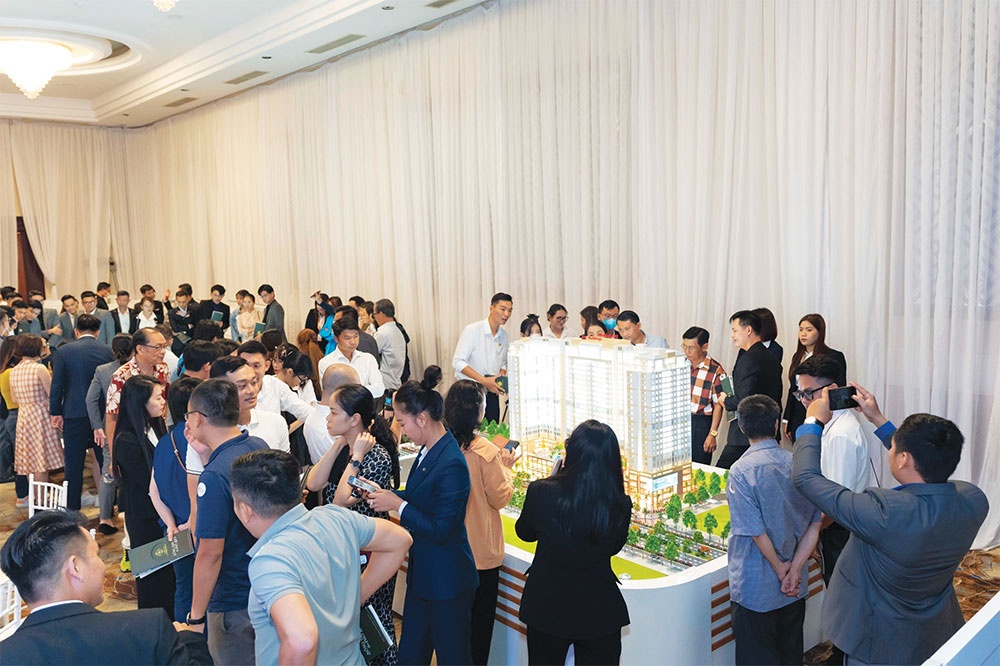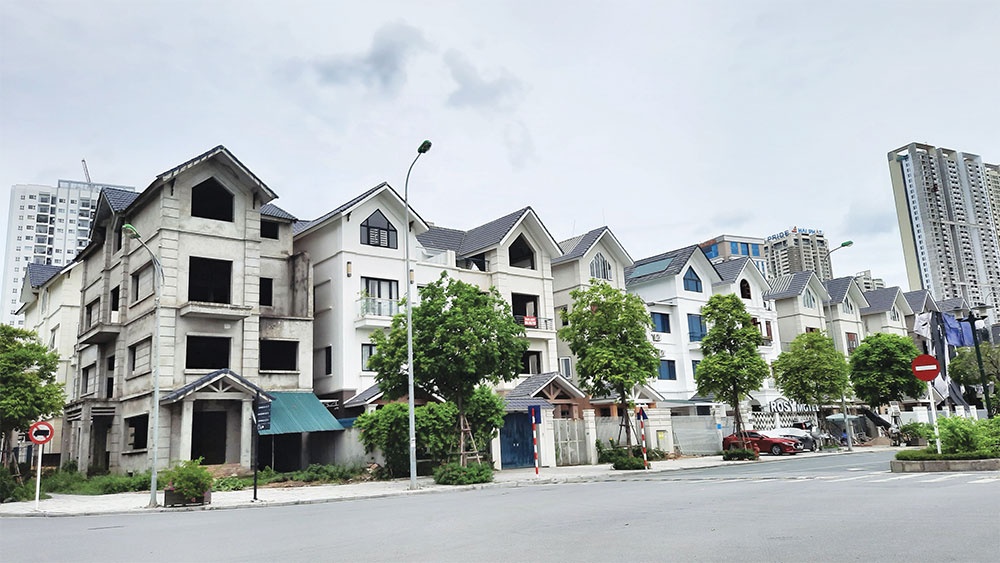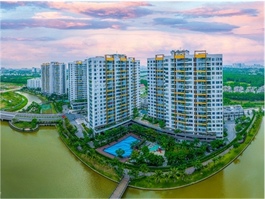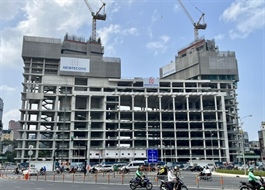Task obvious for Vietnam’s green building development
Task obvious for Vietnam’s green building development
Green building investors are suffering from difficulties in accessing and ensuring additional investment capital for the project, as well as unclear regulations.
According to Douglas Lee Snyder, executive director of the Vietnam Green Building Council, from a legal perspective, realising both financial and non-financial incentives in Vietnam is a challenge.
“Maybe we need to make inter-ministerial cooperation efforts to achieve the goals set by the government of Vietnam. For example, while public green buildings often lead the market in other countries, in Vietnam, cost norms per square metre regulated by the Ministry of Finance alone are not enough for one construction, but it needs collaboration from other related ministries,” Snyder told VIR.
Meanwhile, Angus Liew, chairman of Gamuda Land Vietnam, said that the barriers involve technology, equipment, and even perceptions.
“In addition, Vietnam’s government has become well aware of the repercussions and understands the importance of transforming its urban cities to be smarter and more sustainable. To promote the creation of green buildings, we need stronger support from the government through the system of policies and the efforts of developers in innovating energy-efficient solutions,” Liew said.
According to Hoo Swee Loon, deputy general director of Le Mont Group, developing industrial real estate projects according to environmental, social, and governance (ESG) standards is still a fairly new trend in Vietnam.
“Therefore, the implementation will face many challenges, of which, the first difficulty is finance and initial investment. ESG investing often requires some large initial finances to implement greener technologies and equipment, as well as set up a monitoring and management system,” Loon said.
Although the State Bank of Vietnam has made moves to open green credit, up to now, implementing procedures to disburse green credits is still very difficult.
As of the end of 2022, outstanding credit for green projects only accounted for 4.2 per cent of the total outstanding debt of the entire economy and focuses on the fields of renewable energy, clean energy, and green agriculture.
At the annual Vietnam Business Forum held in March, Michele Wee, CEO of Standard Chartered (Vietnam), requested that the government promote the development of green credit.
“The legal corridor is also an obstacle to accessing green capital for Vietnamese businesses. If the legal framework is standardised, banks will have an easier time lending to green projects,” Wee said.
“In addition, innovation in operations management, monitoring, and measurement capabilities as well as training and human resources are also difficulties that investors face in the process of implementing green projects.”
According to the Ministry of Construction’s statistics, as of mid-2023, there are currently nearly 300 green buildings evaluated and certified by standards such as Lotus, Edge, LEED, or Green Mark with a total construction floor area of about seven million square metres.
Vietnam currently ranks 28th in the world in the number of LEED-certified green buildings. The number is deemed modest compared to the number of projects built and put into operation and compared to the potential and requirements for economical use of energy and resources, as well as environmental protection.





